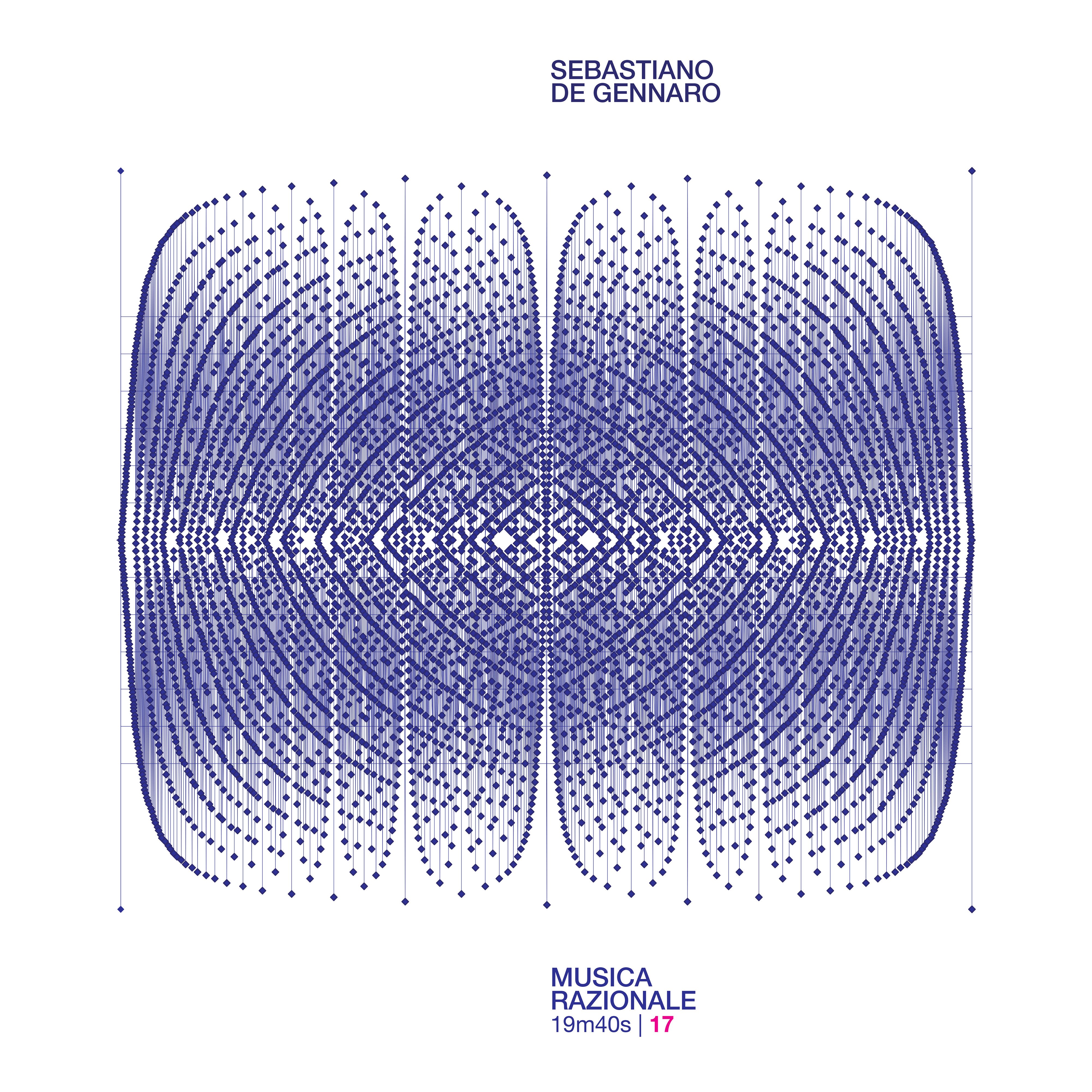LA MUSICA NELLA MATEMATICA
di Fabio Punzo
Professore ordinario di Analisi Matematica presso il Politecnico di Milano
C’è musica nella matematica? Se per musica intendiamo l’arte di esprimere e suscitare sentimenti, sensazioni ed emozioni attraverso suoni, la risposta razionale è no. Se, invece, conferiamo alla musica un senso lato, consistente in un atto della mente per mezzo del quale immaginiamo dei suoni, dei ritmi, allora il quadro cambia. In tal caso la musica si può trovare quasi dappertutto. Certamente ci sono degli elementi che ne favoriscono la visione e la percezione mentale: la ripetizione di un qualcosa, l’armonia, l’alternanza di tensione e riposo nello sviluppo di un discorso, le irregolarità e le sorprese. La Matematica, in tutti i settori in cui è articolata, e la ricerca in ambito matematico dispongono di tutti questi aspetti. Se si esamina una collezione di vari teoremi all’interno di una stessa teoria, si scorge spesso una grande armonia. Questo può valere anche per risultati inerenti a teorie lontane tra loro: la similitudine e la ripetizione a volte si osservano chiamando le cose in modo diverso. Inoltre, la ripetizione è spesso la chiave per affrontare nuovi problemi. Infatti, dopo che una questione viene risolta, seppure con idee innovative, si nota sempre una certa analogia con risultati e metodi noti. Non mancano situazioni in cui, invece, un problema presenta una soluzione inaspettata, irregolare. In questo come non vedere analogie con armonie moderne, percepite da un ascoltatore abituato alla musica del periodo classico? Veniamo alla dimostrazione di un teorema. È lo sviluppo di un discorso basato sulla logica inferenziale, per passare da una ipotesi a un tesi. È sempre ricco di tensioni, di risoluzioni intermedie, di nuove tensioni e così via. Fino ad arrivare alla conclusione. La scrittura di una nuova dimostrazione o lo studio di una nota possono far così percepire alla mente lo sviluppo di una composizione musicale, costruita sull’alternanza tonica/dominante e sulla concatenazione di accordi che la arricchisce. La matematica come la musica è un atto creativo. La composizione di un brano non è lontanissima dalla formulazione e dalla risoluzione di un problema matematico. All’inizio non si sa da dove partire. Il lavoro diventa così denso di tentativi, anche infruttuosi, e di parziali risoluzioni. Passa poi per revisioni, stasi, ripartenze. E non di rado, dopo una pausa, le idee diventano più chiare, e si arriva alla conclusione.
Forse fare con questo spirito matematica può anche essere più piacevole e magari più fecondo.
MUSIC IN MATHEMATICS
by Fabio Punzo, Full Professor in Mathematical Analysis at the Department of Mathematics, Politecnico di Milano
Is there music in mathematics? If by music we mean the art of expressing and arousing feelings, sensations and emotions through sounds, the rational answer would be no. If, on the other hand, we were to give music a broader sense, i.e. an act of the mind by which we imagine sounds and rhythms, then things would look different. In that case, music could be found almost everywhere. Certainly there are particular elements that favor its visual and mental perception: repetition, the presence of harmony, the alternation of tension and rest in the development of discourse, the presence of irregularities and surprises. All these elements can certainly be found in mathematics—in all the sectors in which it is articulated—and in the field of mathematical research. If one examines a collection of various theorems within the same theory, one often observes a great harmony. This can also be true for certain inherent results observed in apparently distant theories: similarity and repetition are sometimes observed in theoretical objects that are named differently. Furthermore, repetition is often the key to dealing with new problems. In fact, after a question is resolved, albeit with innovative ideas, we often notice a certain analogy with already-known results and methods. There is no lack of situations, on the other hand, in which a problem presents an unexpected, irregular solution. In this, how can we fail to see the analogies with modern music harmonies, and how those are perceived by a listener accustomed to the music of the classical period? We now get to the proof of a theorem. It is the development of a discourse based on inferential logic, which entails a movement from a hypothesis to a thesis. It is always full of tensions, of intermediate resolutions, of new tensions, and so on. Until you reach its conclusion. The writing of a new demonstration or the study of a note can thus make the mind aware of the development of a musical composition, built on the tonic / dominant alternation and on the concatenation of chords that enrich it. Mathematics, like music, is a creative act. The composition of a piece is not very far from the formulation and resolution of a mathematical problem. At first, you don’t know where to start. The work thus becomes full of attempts, even unsuccessful ones, and of partial resolutions. It then goes through revisions, stasis, new starts. And not infrequently, after a pause, the ideas become clearer, and we come to the conclusion.
Perhaps, dealing with mathematics with this sort of attitude could also make it more enjoyable and fruitful.
CREDITS
Music composed by Sebastiano De Gennaro
Sebastiano De Gennaro, percussion
Simone Pirovano, sound engineer
Edited and mixed by Simone Pirovano
Mastered by Giovanni Versari
Yoko Morimyo, violin on Ulam Numbers
Massimo Borassi, organ samples on Lo Shu
Simone Pirovano, electronic sample on Ulam Numbers
Francesco Fusaro, voice on the English version
Paolo Soffientini, voice on the Italian version
Sebastiano De Gennaro, introduction texts
TRACK LIST
1 – introduction to Congettura Collatz
2 – Congettura Collatz
3 – introduction to Lo Shu
4 – Lo Shu
5 – introduction to 12 Facce
6 – 12 Facce
7 – introduction to Farey Sequence
8 – Farey Sequence
9 – introduction to Ulam Numbers
10 – Ulam Numbers
11 – introduction to Numeri Malvagi
12 – Numeri Malvagi
13 – Epilogue
